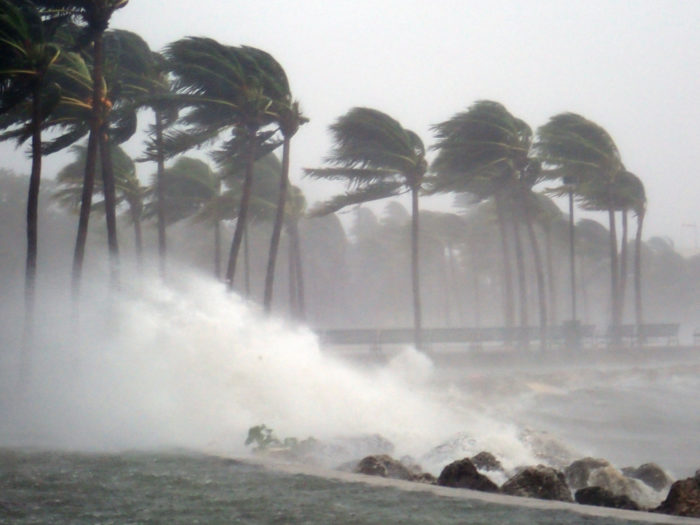Extreme Weather Emerges as Top Business Risk, With Billion-Dollar Disasters More Than Tripling in Five Years

The number of extreme weather events causing losses exceeding $1 billion annually has more than tripled in the United States, jumping from an average of 7.2 events between 1980 and 2019 to an average of 23 such events from 2020 to 2024, according to a Gartner report on the implications of extreme weather risk for enterprise risk management.
This dramatic increase presents significant challenges for ERM leaders, who must now develop comprehensive strategies to address both immediate physical threats and longer-term transitional risks, according to Gartner. Without clear risk ownership within many organizations, ERM’s coordinating role has become increasingly vital for maintaining visibility into vulnerabilities, building organizational agility to respond when events occur, and enhancing resilience to absorb impacts across operations, supply chains, and strategic planning horizons.
Rising Frequency and Financial Impact Command Board Attention
The surge in extreme weather events has captured corporate attention at the highest levels. Nearly twice as many S&P 500 companies now mention extreme weather or climate events in their annual reports compared to four years ago, reflecting growing awareness of the financial implications, the report said. The World Economic Forum’s Global Risks Report ranks extreme weather events second in severity over a two-year period and first place for longer-term risks.
Organizations face challenges beyond the direct impact of storms, floods, and wildfires, according to Gartner. Insurance costs are rising dramatically, with some businesses forced to purchase new types of policies for previously uncovered risks or losing coverage altogether in high-risk areas.
Businesses Face Both Physical Threats and Market Disruptions
The report categorizes extreme weather risks into two distinct types that require different management approaches:
- Physical risks include acute impacts like facility damage from hurricanes, supply chain disruptions from flooding, and threats to employee safety during wildfires. Critical infrastructure failures, such as power outages and transportation breakdowns, can cascade through entire regions and industries.
- Transitional risks present longer-term strategic challenges as markets and regulations adapt to the new reality. Organizations may see declining asset values in vulnerable locations, changing consumer preferences for climate-resilient products, and evolving regulatory requirements for weather-related safety measures. The report noted that some regions may become more or less desirable for business operations, creating both risks and opportunities for companies that can adapt quickly.
ERM Leaders Must Build Visibility, Agility and Resilience
Enterprise risk management professionals should focus on three critical capabilities, the report said: visibility into weather-related vulnerabilities, agility to respond when events occur, and resilience to absorb impacts. The report recommended conducting stakeholder interviews that pressure-test business continuity plans, third-party vendor exposure, and recovery procedures.
Organizations should develop key risk indicators that track relevant metrics over time, such as the proportion of assets in flood-prone areas or the percentage of working hours lost to extreme weather. Scenario planning exercises aligned with organizational decision-making horizons—ranging from 30 years for agricultural companies to 100 years for nuclear energy firms—can help identify strategic opportunities alongside risks.
ERM leaders should prepare both immediate and longer-term responses, the report said. Immediate actions include implementing local-level protections for owned assets, while transformative adaptation involves incorporating extreme weather considerations into overall business strategy. The report emphasizes that without clear risk ownership, ERM’s coordinating role becomes vital for keeping stakeholders aligned as they develop mitigation strategies and risk-reduction targets.
Learn more about the report here. &










